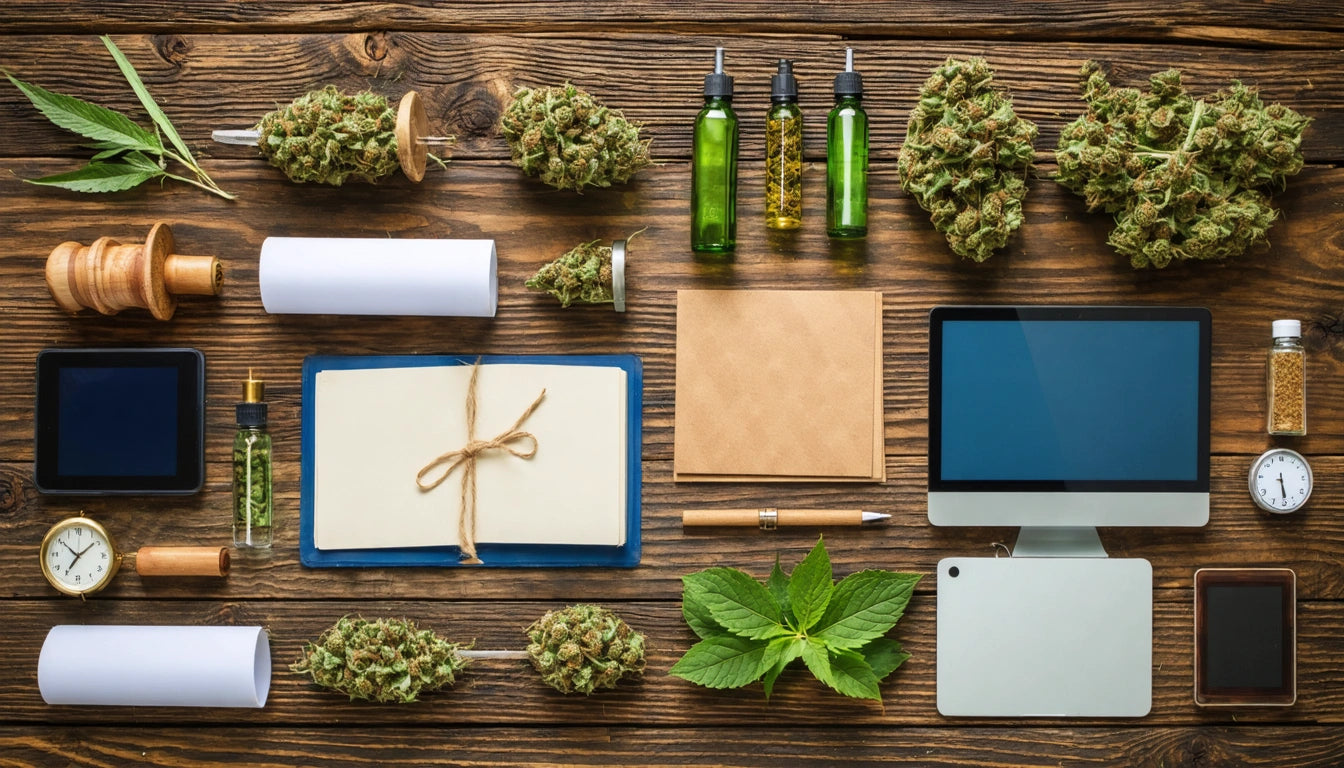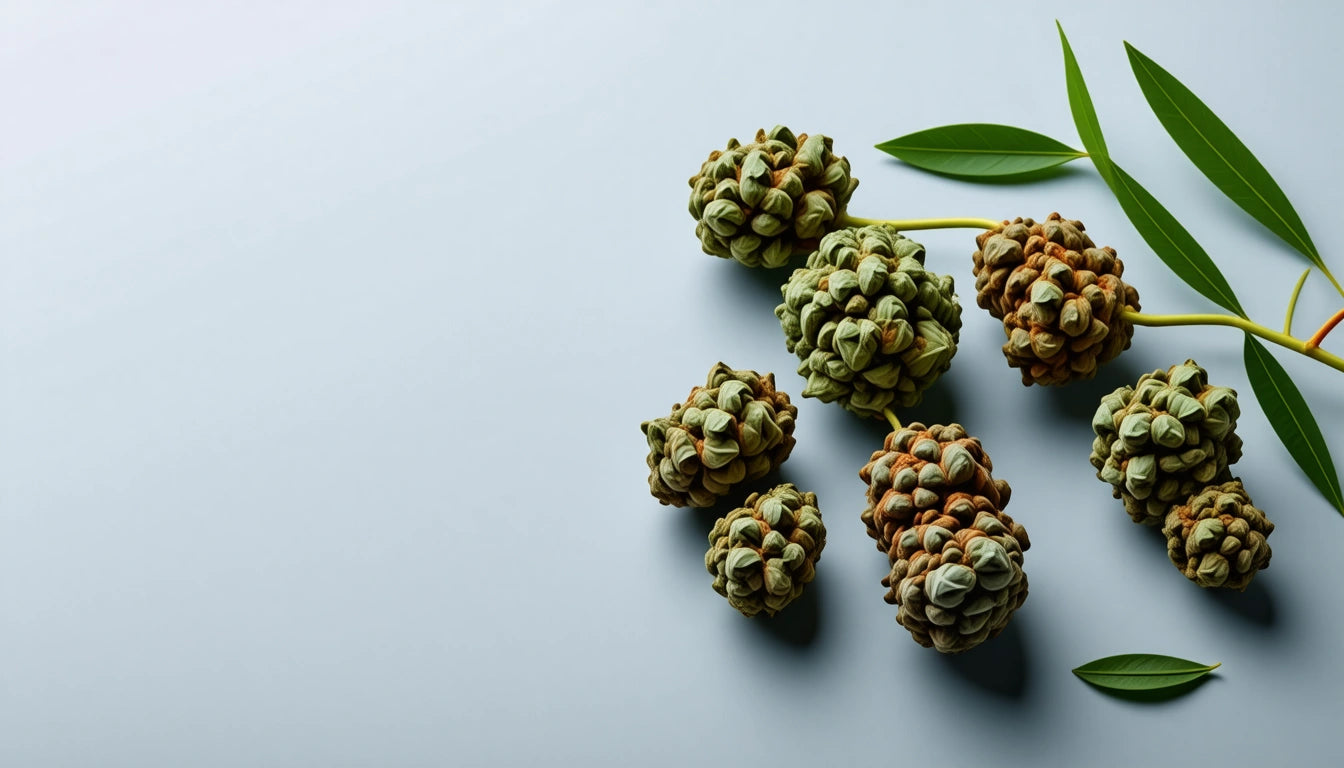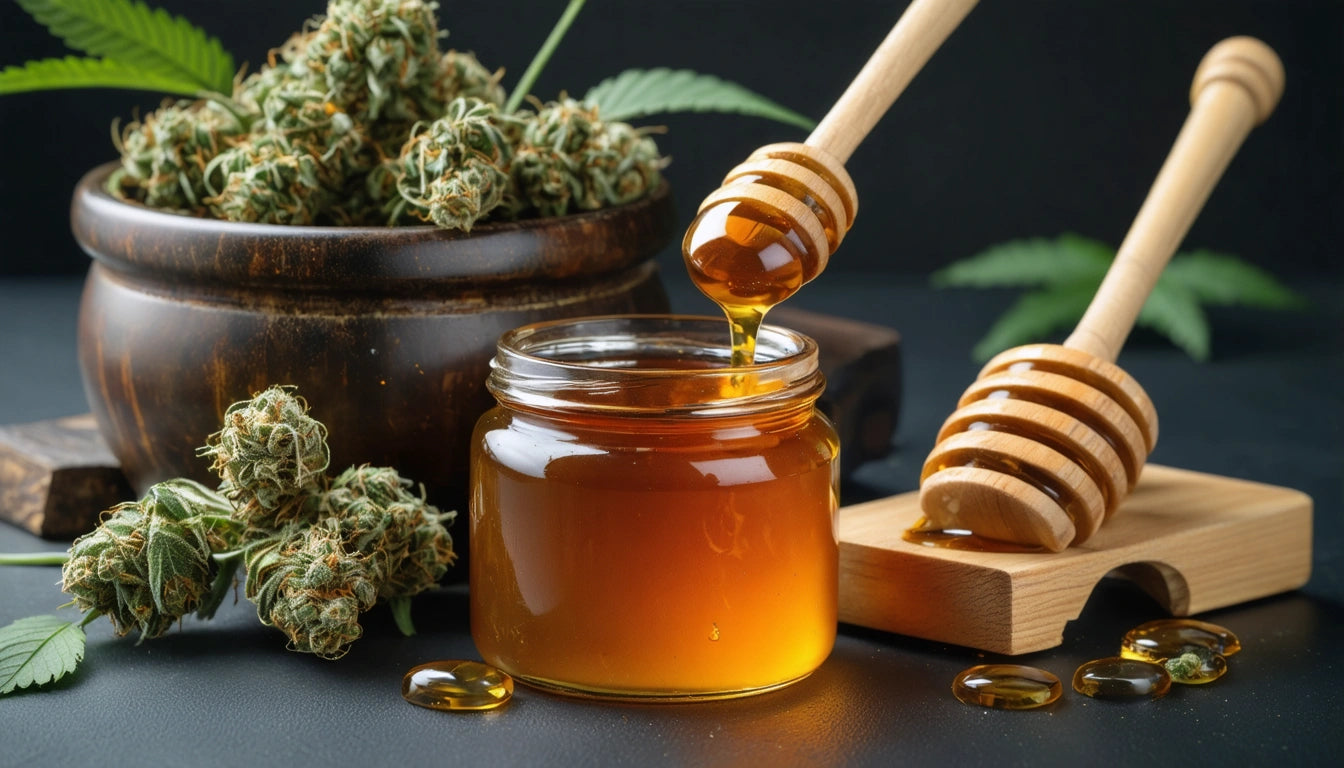Table of Contents
How to Manage and Overcome a Marijuana High and Cravings
Whether you're experiencing an uncomfortable high or trying to manage persistent cannabis cravings, having effective strategies at your disposal is essential. This guide explores evidence-based approaches for how to stop a weed high when it becomes too intense and techniques for managing cravings that may arise during periods of reduced use or cessation.
Understanding Marijuana Highs: What Happens in Your Body
Before discussing how to counteract a marijuana high, it's important to understand what causes it. THC (tetrahydrocannabinol), the primary psychoactive compound in cannabis, binds to cannabinoid receptors in your brain, affecting areas responsible for memory, concentration, pleasure, coordination, and time perception.
As explained in this comprehensive guide on how cannabis affects the body, the intensity and duration of a high depends on several factors:
- Consumption method (smoking, vaping, edibles)
- THC concentration
- Individual tolerance
- Body chemistry
- Setting and mindset
Edibles typically produce longer, more intense highs because THC is metabolized in the liver into 11-hydroxy-THC, which crosses the blood-brain barrier more effectively.
Techniques to Reduce an Intense Marijuana High
Immediate Interventions
If you're wondering how to stop being high on weed quickly, these approaches may help reduce the intensity:
- Black pepper: Chewing black peppercorns or smelling ground pepper can provide relief due to the terpene beta-caryophyllene, which may counteract THC effects.
- CBD: Cannabidiol may mitigate THC's psychoactive effects by interacting with the same receptors.
- Hydration: Drinking water helps with dry mouth and may assist your body in processing cannabinoids.
- Lemon: The limonene in lemon peel or juice might help modulate the high.
For more detailed strategies on managing your weed high, including both reducing and enhancing effects, specialized guides are available.
Managing Weed Cravings: Practical Approaches
For those looking to reduce consumption or quit entirely, managing cravings is a significant challenge. Here are evidence-based approaches for how to deal with weed cravings:
Short-Term Craving Management
- Delay and distract: When a craving hits, commit to waiting 15 minutes before acting on it. During this time, engage in a distracting activity.
- Exercise: Physical activity releases endorphins that can help reduce cravings and improve mood.
- Mindfulness meditation: Observing cravings without judgment can reduce their power.
- Replacement behaviors: Identify healthier alternatives that provide similar benefits to what you seek from cannabis.
Safe storage of cannabis products is also crucial, especially in households with children. Proper safety protocols and child-resistant packaging can prevent accidental ingestion while also creating a barrier that might help adults manage their own consumption habits.
Special Considerations: ADHD and Cannabis Use
For individuals with ADHD who are trying to quit or reduce cannabis use, unique challenges may arise. Some people with ADHD report using cannabis to self-medicate symptoms like restlessness, racing thoughts, or difficulty focusing.
If you're exploring how to quit smoking weed with ADHD, consider these targeted approaches:
- Work with healthcare providers to optimize ADHD medication if prescribed
- Implement structured behavioral strategies like time-blocking
- Engage in regular physical activity to manage hyperactivity
- Consider cognitive-behavioral therapy specifically addressing both ADHD and substance use
Research suggests that addressing underlying ADHD symptoms effectively can reduce the desire to self-medicate with cannabis.
Long-Term Strategies for Reducing Cannabis Dependence
For those seeking to overcome persistent marijuana use, comprehensive strategies that address physical, psychological, and social factors are most effective:
Building a Support System
Social support significantly improves success rates when reducing or eliminating cannabis use. Consider:
- Joining support groups (in-person or online)
- Enlisting friends and family who support your goals
- Working with a therapist specializing in substance use
Environmental Modifications
Your surroundings can either trigger or prevent cannabis use:
- Remove paraphernalia and products from easy access
- Identify and avoid high-risk situations temporarily
- Create new routines during times you typically used cannabis
For those concerned about how to get rid of marijuana high quickly in emergency situations (like unexpected responsibilities), specific interventions may help, though results vary significantly between individuals.
Remember that reducing or eliminating cannabis use is highly individual. What works for one person may not work for another. The most successful approaches typically combine multiple strategies tailored to your specific needs, triggers, and goals.











Leave a comment
All comments are moderated before being published.
This site is protected by hCaptcha and the hCaptcha Privacy Policy and Terms of Service apply.